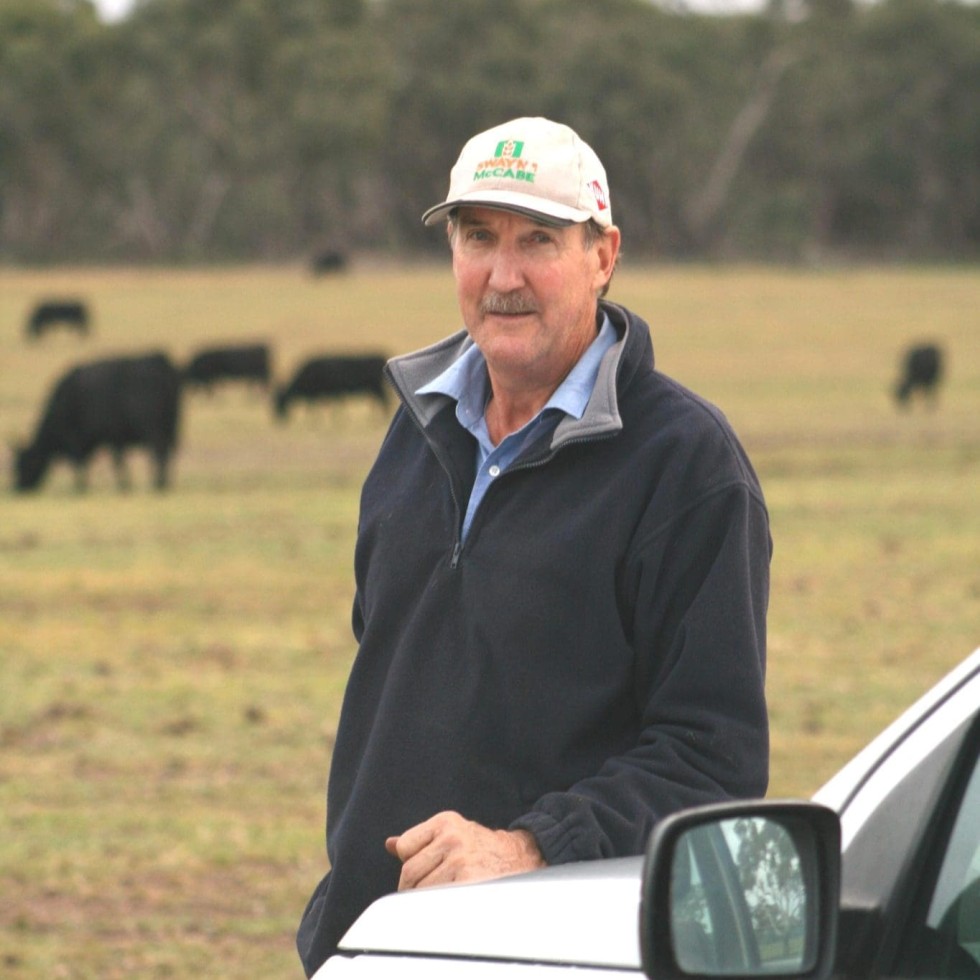 Hopes for some relief from the high A$ and prevailing dry conditions have failed to live up to expectations for cattle producers in several key southern regions this week.
Hopes for some relief from the high A$ and prevailing dry conditions have failed to live up to expectations for cattle producers in several key southern regions this week.
Despite some heavy rainfalls of about 50mm in some districts of Victoria and South Australia, key regions already enduring a dry start to 2012 missed out the substantial breaking rain that producers have been looking for.
Similarly, despite the $A this settling at around US98c, there has been little excitement about the lower exchange rate. Consensus from industry players is that economic difficulties in key export markets including Europe and the US will likely counter any weakening in the currency, as trade conditions for Australian beef continue to look challenging.
Combined with growing signs of weakness in both store and prime sales in recent weeks, southern producers are entering the normally quiet winter months with plenty to ponder.
Processors, too, are being forced to work harder, with the number of finished cattle being turned-off locally at historically low levels for this time of year. However, a reasonable supply of finished lines are being sourced by southern works from pastoral areas of South Australia and the Northern Territory, as well as NSW.
Victoria’s usually very reliable Western District and the neighbouring South East districts of South Australia have experienced several months of trying seasonal conditions.
Greg Farquharson, who runs a 4000-cow self-replacing Angus herd over two properties near Casterton in Victoria’s far west, is typical of producers in his region on both sides of the state border.
“We had a tight spring last year, followed by a difficult summer,” Mr Farquharson said.
He and his family will sell about 60 Bushy Park-blood Angus weaner steers and heifers at Casterton’s annual June store sale on Friday (June 1), in a sale set to closely reflect the current dynamics in the southern market.
He said he was hoping for $600 a head for his heifers, which will be offered at 250-280kg.
“We don’t usually sell too many heifers, with about 80 percent retained each year,” Mr Farquharson said.
“But our numbers have built up in the last 12 months, so we’re selling more females now.”
The Casterton yarding will comprise about 1400-head, mostly spring-drop calves, with all cattle vendor-bred by graziers from within about 50km of Casterton.
Local Elders agent Rick Smith said the calves would be yarded at about 20kg lighter than at the corresponding sale last year, thanks to the difficult local conditions which have prevailed since spring.
“We’ve been dry here and our hay reserves are getting low, but there’s been no forced selling,” he said.
“The cattle will be a bit lighter, but the repeat buyers generally say that even without the extra kilograms, the cattle seem to be able to catch up to the heavier lines by spring.”
Mr Smith said there had been strong inquiry from North East Victoria in the lead up to the sale. He also expected competition from some Gippsland buyers, as well as some feedlot interest and “a bit” of local restocker activity.
“We’ve had a few locals buying in the last six weeks, taking a punt and buying-in cattle, trying to get in before the expected rain kicked prices up,” Mr Smith said.
“Hopefully with a bit of rain falling closer to Melbourne and elsewhere in Victoria, we’ll see a steadying price trend. We’re looking for stability in the market now.
“Store heifers are back at a buyable price. It’s a bit more reasonable for restockers to operate on heifers at $500-$600 a head.”
T&R Pastoral’s Naracoorte-based buyer Ben Davies said the majority of cattle being offered for sale in the Western District and South East were seasonally affected and lacking finish.
“The cattle aren’t showing the condition, there are plenty of underdone lines,” he said.
“Unusually for the South East, there’s been very limited supply of cattle finished on grain, crops or irrigation.”
While feeder and restocker lines were in more plentiful supply, Mr Davies said key saleyards were experiencing restricted throughput.
“We seeing some very low yarding compared to a normal season. Numbers have come to a grinding halt,” he said.
“Mount Gambier’s prime sale is seeing some of the lowest yardings (for this time of year) in years, while Millicent’s normal fortnightly sale has already gone back to monthly, which is highly unusual.”
Mount Gambier’s sale on Wednesday (May 30) drew another small yarding, with a mixed quality run of 713 cattle offered. Meat & Livestock Australia’s National Livestock Reporting Service said cattle offered were showing signs of cooler weather, with most yearling steers making 170-190c/kg.
Mr Smith, who regularly sells cattle at Mount Gambier on behalf of clients in the Casterton district, said this week’s sale comprised “a very plain yarding”.
“There were a lot of cattle there which were only three-quarters finished and being sold for three-quarters of the normal price,” he said.
Mr Smith said about 10pc of his clients’ cattle were sold at the weekly Hamilton market, with a good number of direct sales to Teys at Naracoorte and Midfield at Warrnambool.
- Beef Central welcomes Tom Dawkins to the website’s writing team, greatly strengthening our presence in Southern Australia. Tom is a gifted and highly regarded journalist with a strong beef industry knowledge, based near Naracoorte. He will be contributing regular content to Beef Central on market supply and demand dynamics, and other topical issues out of the region.
